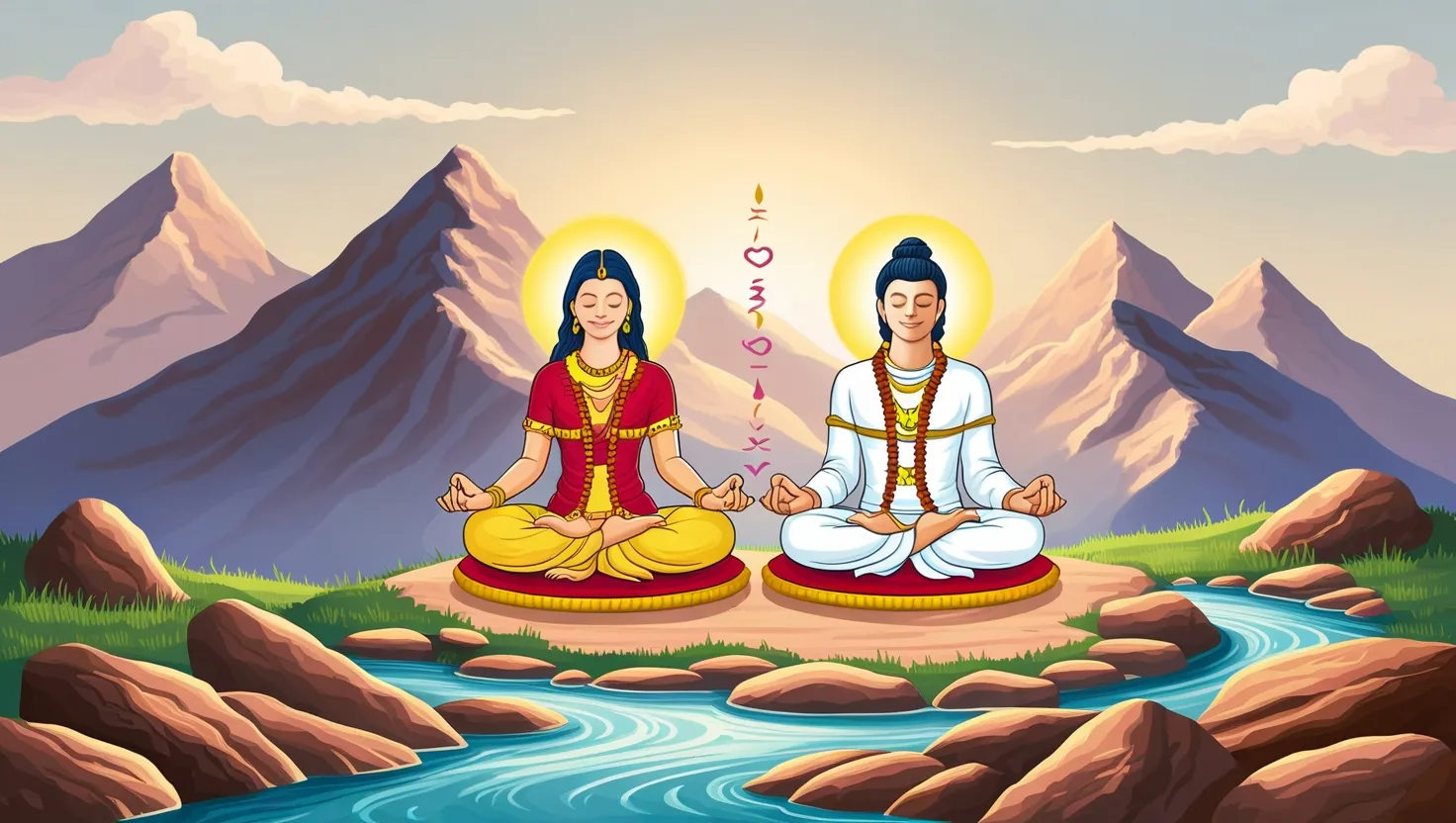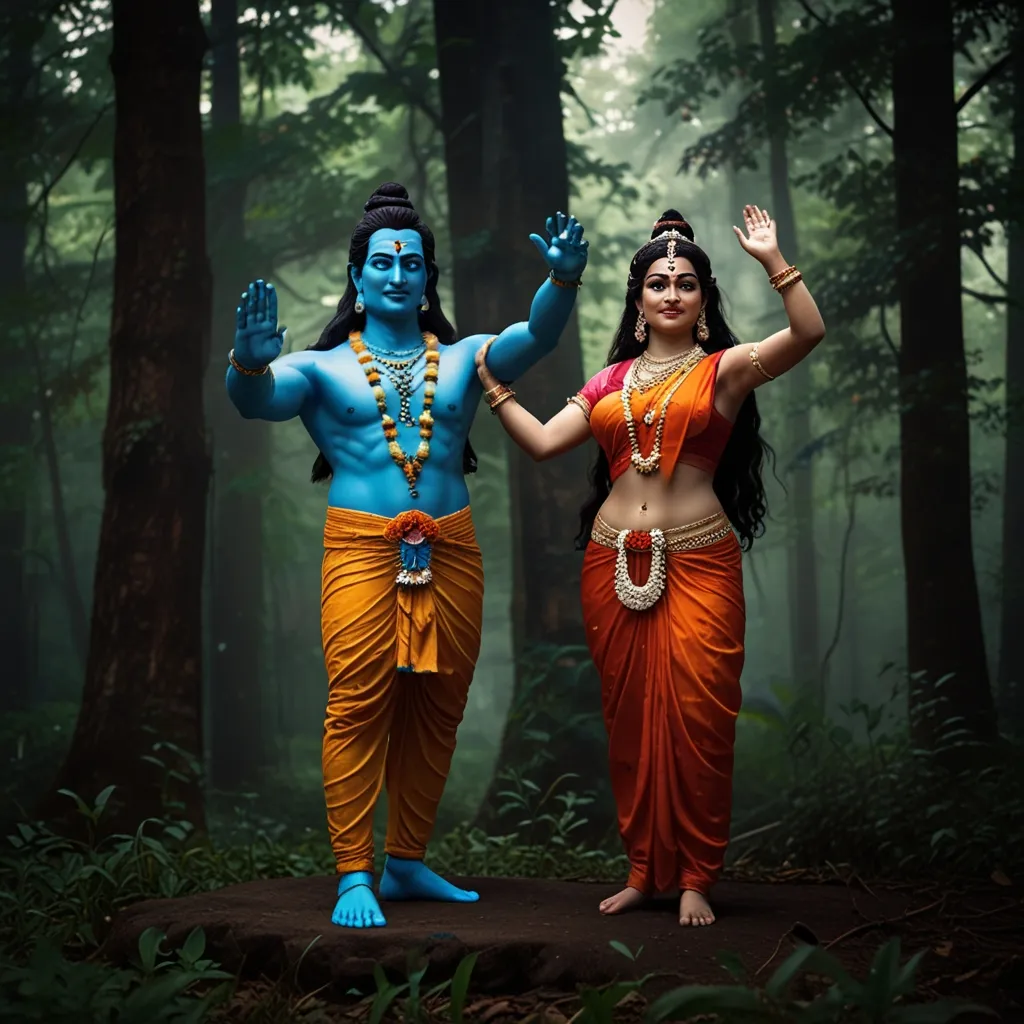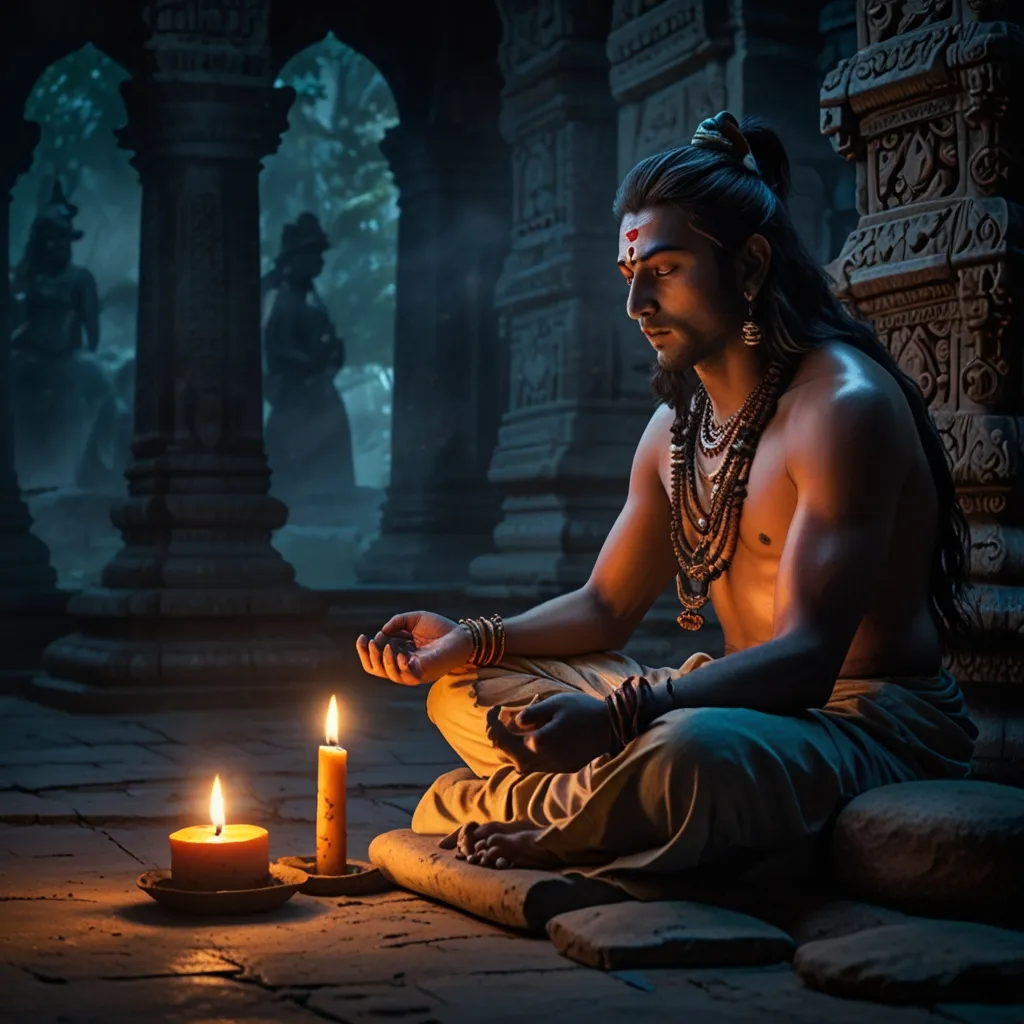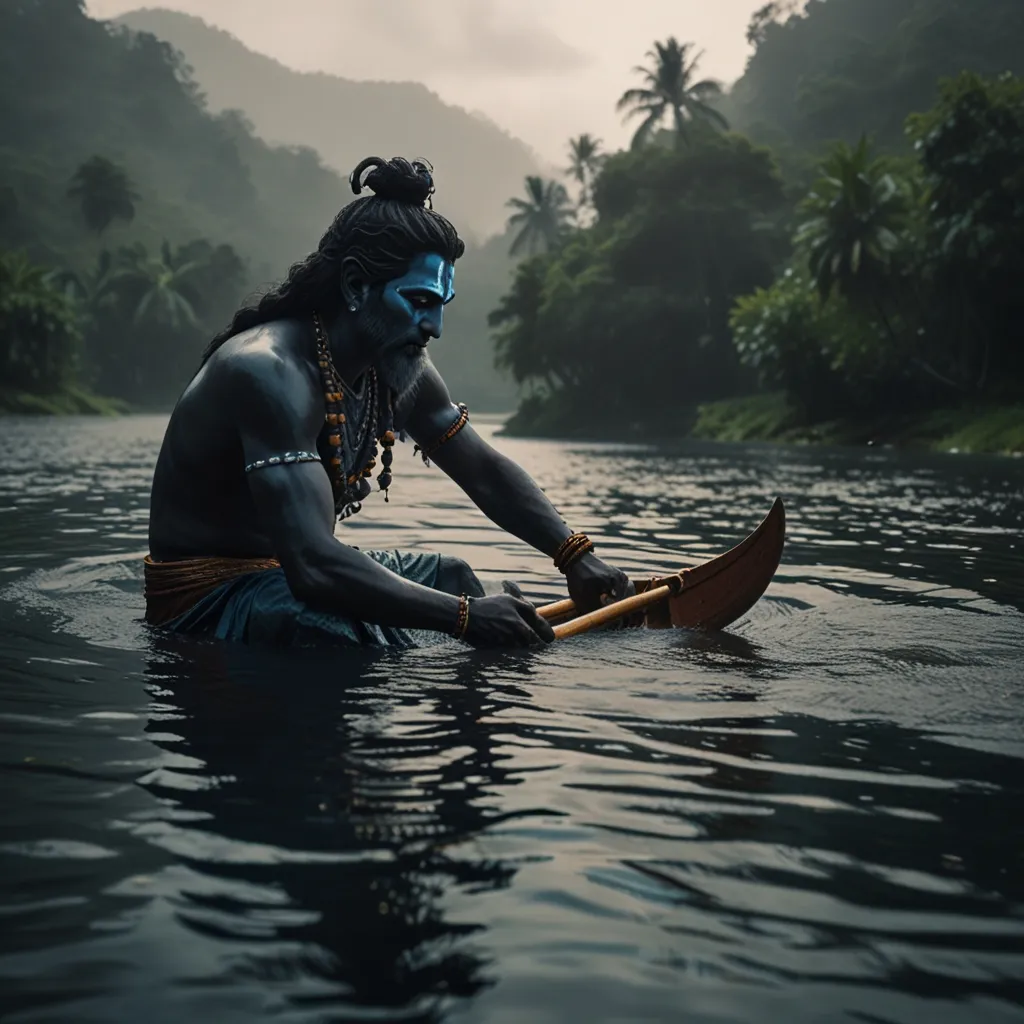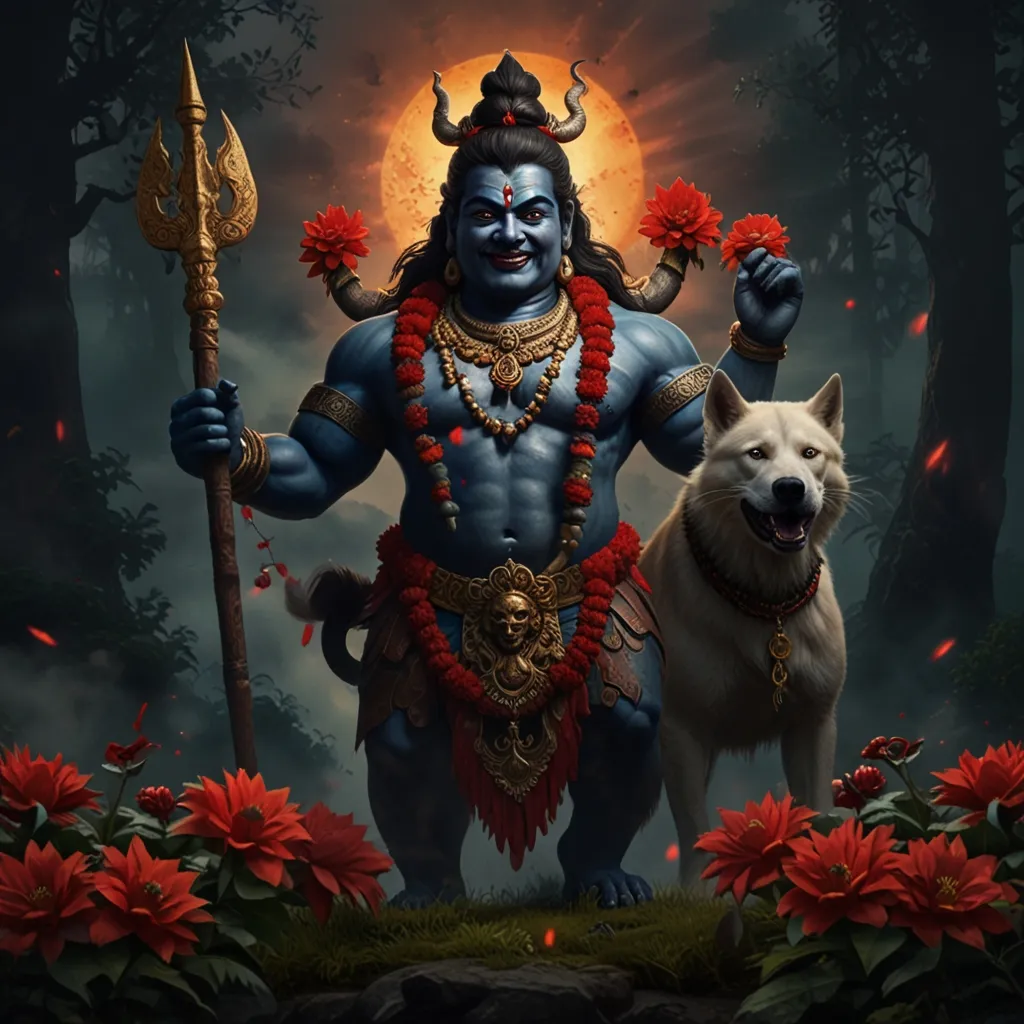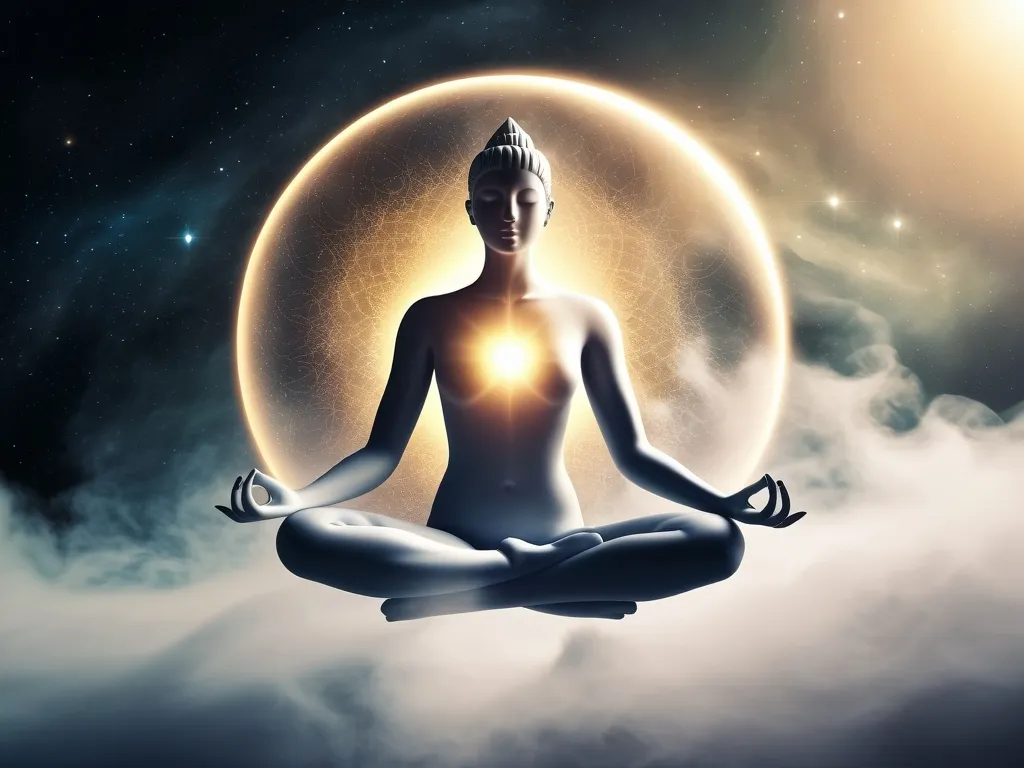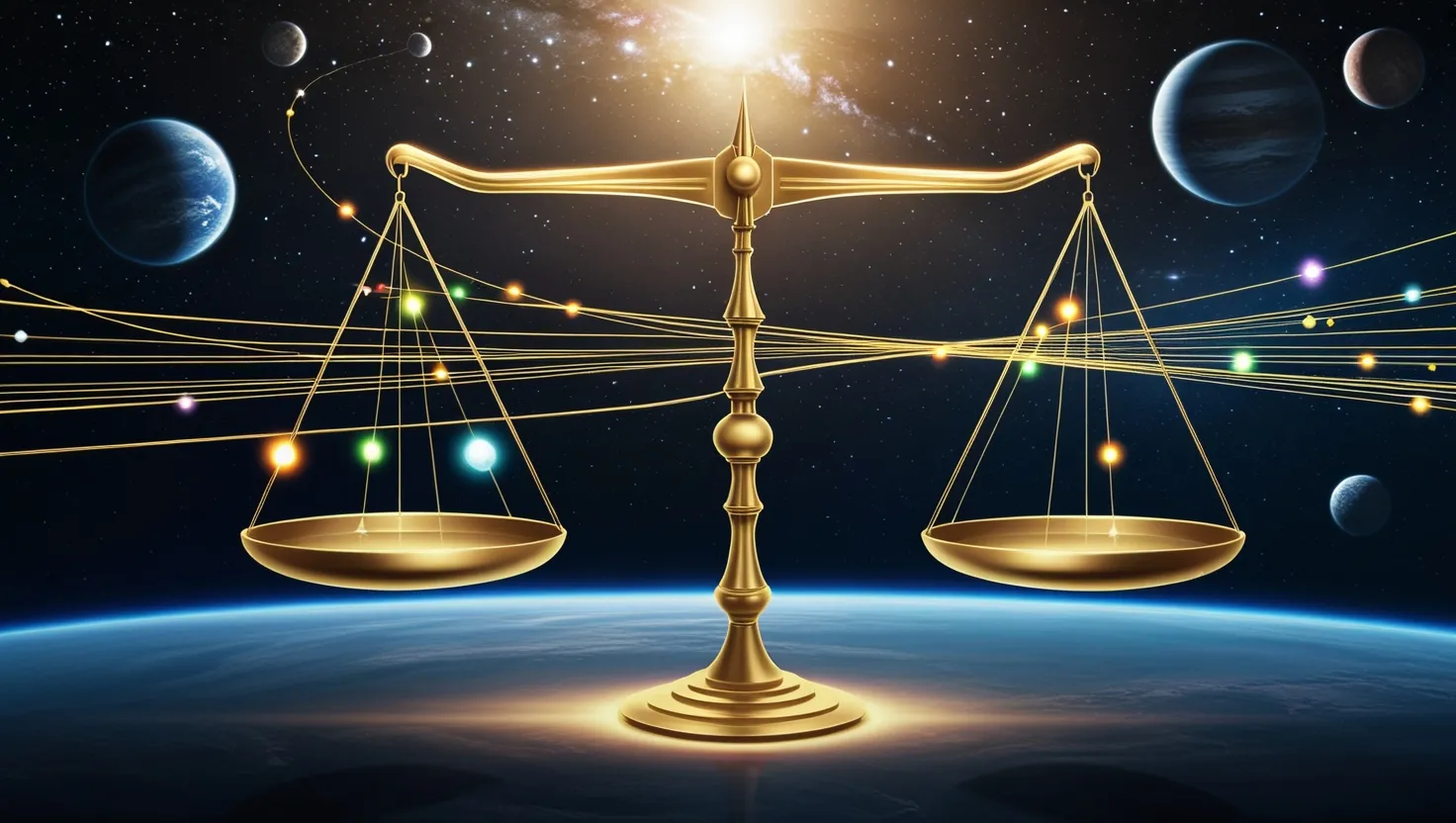In the vast and intricate landscape of Hindu mythology, the Puranas weave a rich tapestry of divine marriages that not only captivate our imagination but also offer profound insights into the very fabric of Hindu philosophy and social customs. These unions are more than just romantic tales; they are allegories that delve into the depths of human relationships, cosmic balance, and the intricate dance between masculine and feminine forces.
Let’s begin with one of the most iconic divine marriages – that of Shiva and Parvati. This union is often seen as the epitome of balance and harmony, symbolizing the merger of consciousness (Shiva) and energy (Parvati). It’s a reminder that in the universe, these two forces are inseparable and interdependent. As the great Hindu sage, Adi Shankara, once said, “The universe is not outside of you. Look inside yourself; everything that you want, you are already that.”
The marriage of Shiva and Parvati is not just a celestial event but a cosmic principle. It teaches us that true balance in life can only be achieved when the masculine and feminine energies within us are in harmony. This balance is crucial not just for personal well-being but also for the well-being of the universe.
Another significant union is that of Vishnu and Lakshmi. Their marriage embodies the harmony between preservation (Vishnu) and prosperity (Lakshmi). This relationship highlights the interconnectedness of spiritual and material well-being, suggesting that true prosperity can only be achieved when spiritual growth and material comfort are in sync. As the Bhagavad Gita states, “The one who has controlled the mind, and senses, and has realized the Self, is eligible to attain the state of supreme peace and liberation.”
The story of Rama and Sita from the Ramayana is perhaps one of the most celebrated marriages in Hindu mythology. This exemplary union serves as a model of devotion, fidelity, and mutual respect. It underscores the importance of dharma in marital life, emphasizing that a successful marriage is built on the foundation of moral duty and righteousness. Rama’s unwavering commitment to Sita and her unshakeable loyalty to him are lessons in the enduring power of true love and duty.
But what about marriages that challenge traditional norms? The union of Krishna and Rukmini is a fascinating example. Rukmini’s bold decision to choose her own husband, despite the opposition from her family, emphasizes personal agency in love. This story tells us that true love knows no bounds and that sometimes, taking a stand for what one believes in is essential for happiness. As Krishna himself said, “The mind is everything; what you think, you become.”
The marriage of Brahma and Saraswati represents the connection between creation (Brahma) and knowledge (Saraswati). This union symbolizes how wisdom guides the creative process, reminding us that knowledge and creativity are intertwined. Without wisdom, creation can be chaotic, and without creativity, knowledge can be sterile. This balance is essential for any meaningful endeavor in life.
Now, let’s consider an unconventional yet intriguing marriage – that of Shiva and Ganga. In this unique union, Ganga resides in Shiva’s hair, symbolizing the taming of natural forces. This story teaches us about the importance of balance in relationships, where one partner may need to accommodate and balance the other’s energies. It’s a metaphor for the delicate balance required in any relationship to ensure harmony and stability.
Lastly, there’s the marriage of Indra and Shachi, which showcases the dynamics of power in divine relationships. Shachi’s influence over Indra illustrates the strength of a supportive partner and the importance of mutual respect and understanding in a marriage. This union reminds us that true power lies not in dominance but in the ability to support and uplift each other.
These divine marriages from the Puranas are more than just stories; they are lessons in living, loving, and balancing the various forces within us and around us. They offer profound insights into the human condition and the universal principles that govern our lives.
As we reflect on these divine unions, we are compelled to ask: What can we learn from these celestial marriages? How can we apply these lessons to our own lives? The answers lie in the stories themselves, waiting to be uncovered and applied in our daily lives.
In the end, these marriages remind us that relationships are not just about two individuals but about the cosmic forces they represent. They are about balance, harmony, and the eternal dance between the masculine and feminine, the spiritual and the material, and the creative and the wise. As the ancient Hindu text, the Upanishads, so eloquently puts it, “As is the microcosm, so is the macrocosm.”
In exploring these divine marriages, we find ourselves on a journey of self-discovery and understanding, a journey that ultimately leads us to the realization that we are all part of a larger, interconnected whole. And it is in this realization that we find true meaning and purpose in our lives.
